On July 27th, 1990 – 30 years ago – the last 2CV rolled off the Citroën production line in Mangualde, Portugal. This ended a success story which began at the Paris Motor Show in 1948. When it was first presented, the 2CV amazed with its unusual design, refined construction, versatility and extreme economy.
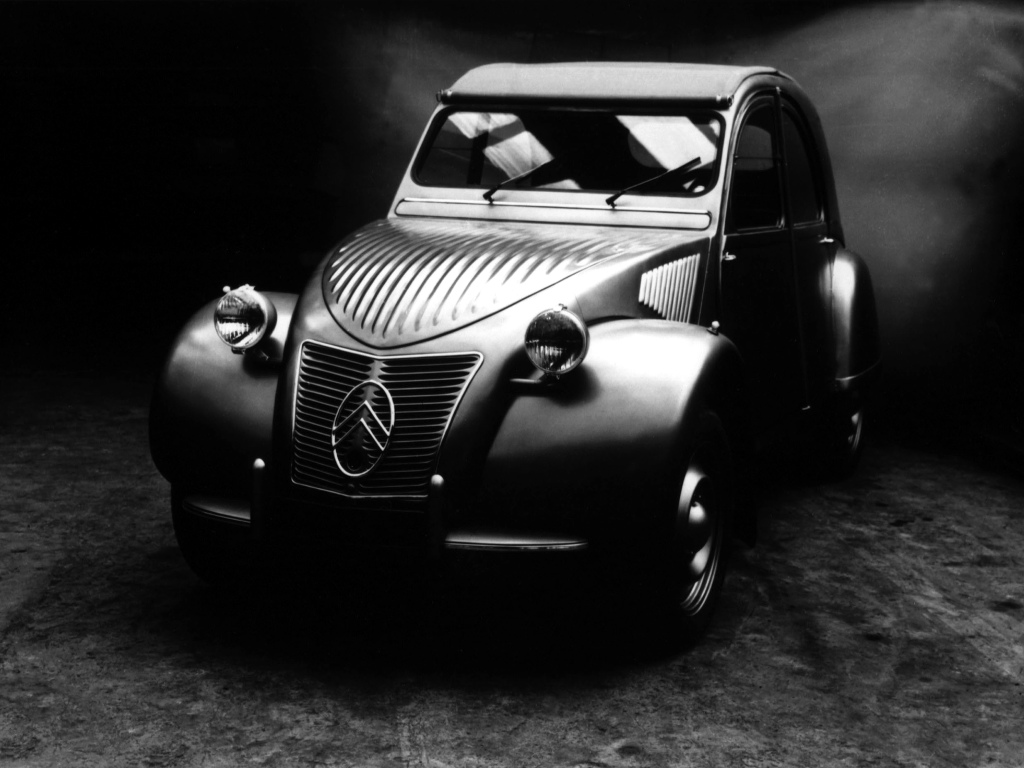
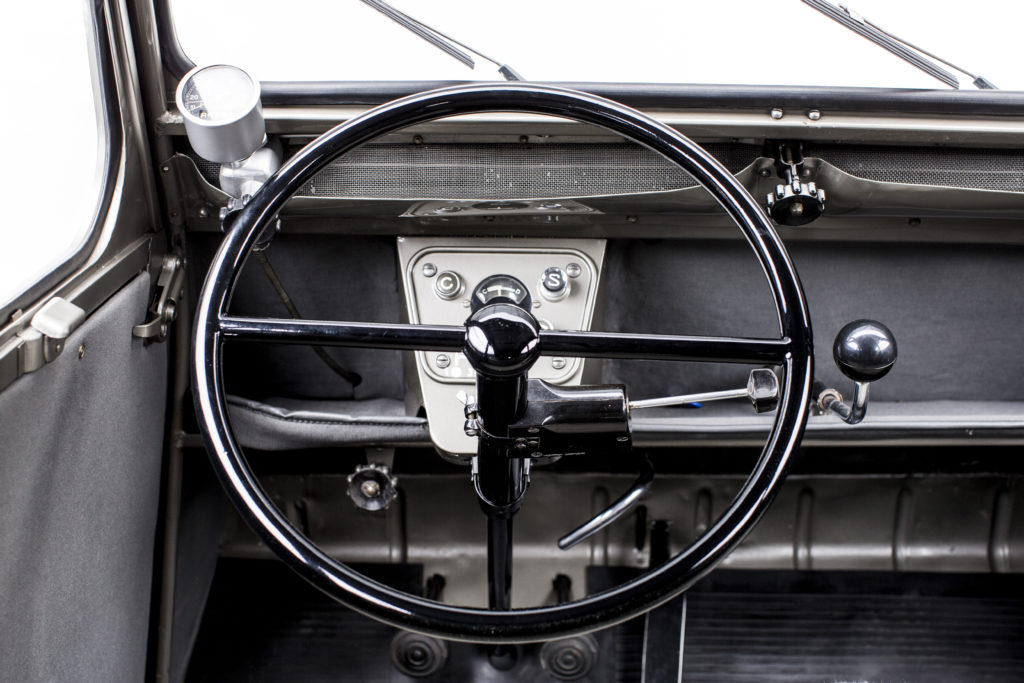
The Citroën 2CV (affectionately called the “Deux Cheveaux”, “Tin Snail”, and “Duck”) was designed especially for the general public at a time when the automobile was still a luxury object. It was an inexpensive vehicle with innovative features – not a scaled-down mid-size car. It’s technology, which included; front-wheel drive, soft suspension and an air-cooled two-cylinder engine was very advanced at the time. The high number of initial orders from impressed customers proved the developers right — the “duck” quickly became an integral part of French society and is now one of the icons of automotive history. By 1990, more than 5.1 million vehicles (including panel vans) had been sold.
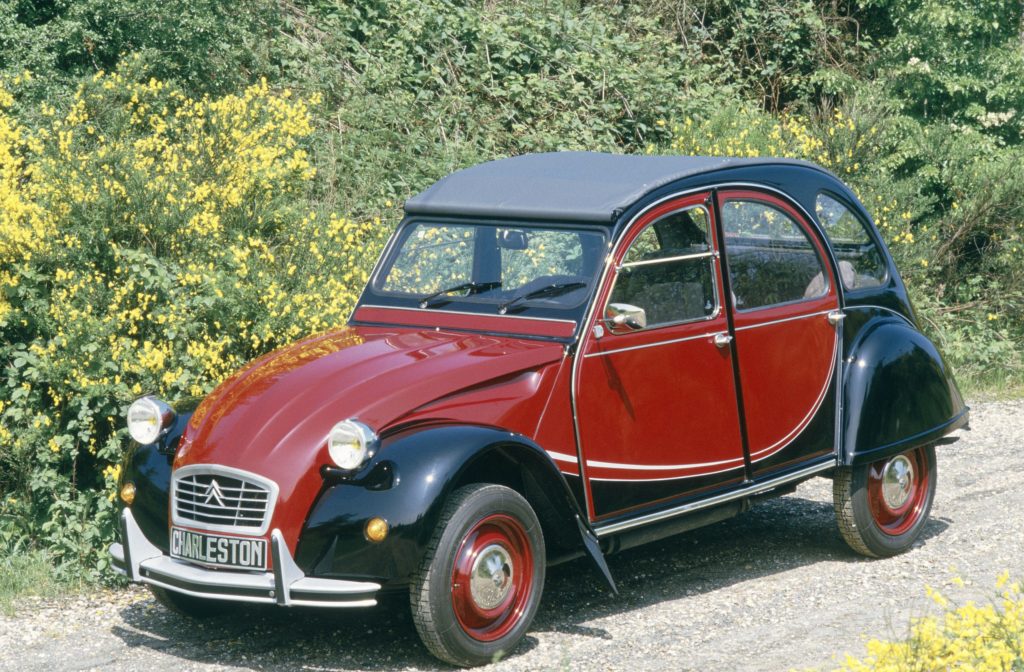
The prototype TPV “Toute Petite Voiture”
As early as the mid-1930s, Citroën began developing an inexpensive car for the general public, the future Citroën 2CV. Pierre Boulanger, the Director of Citroen at the time, set out a brief that it should be a radically minimalist small car. “Design a car that can accommodate two farmers in boots and a hundredweight of potatoes or a keg of wine, is at least 60 km / h and uses only three liters per 100 km. It had to be extremely well sprung so that a basket full of eggs survived a journey over bumpy dirt roads without damage ”. With that, the design team headed by André Lefèbvre began the task, building a car that was low speed, with simple equipment and a small price.

The “Toute Petite Voiture” (“very small car”) was a car for everyone, in the city and in the country. The water-cooled TPV withy multi-link torsion bar suspension was ready in 1939 and was to be presented in the same year. Due to the beginning of the war, the Paris Motor Show did not take place; the 250 prototypes already built were mostly scrapped with just a few hidden from the invading Germans. During the war, Citroen’s engineers rethought the design and after the war made major changes.

The Citroën 2CV – symbol of freedom
After the war, Citroën resumed work on the vehicle with major changes; an air-cooled engine, horizontally linked front-to-back sliding spring suspension on swing arms, and a more sculpted and refined body and interior that just slightly less austere. The Citroën 2CV, a completely revised model compared to the TPV, was unveiled on October 7, 1948 at the Paris Motor Show.
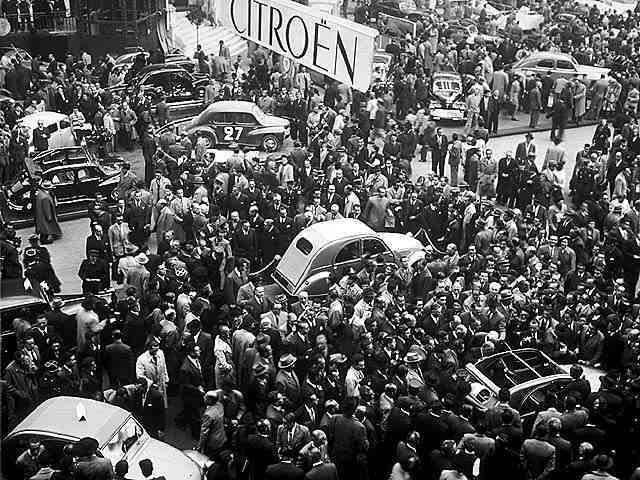

The first small sedan with front-wheel drive worldwide offered enough space, was unpretentious, personable and economical; it conquered the audience. The Citroën 2CV became the expression of a new philosophy of private transport – a vehicle for the “little people” – and a symbol of freedom and joie de vivre.
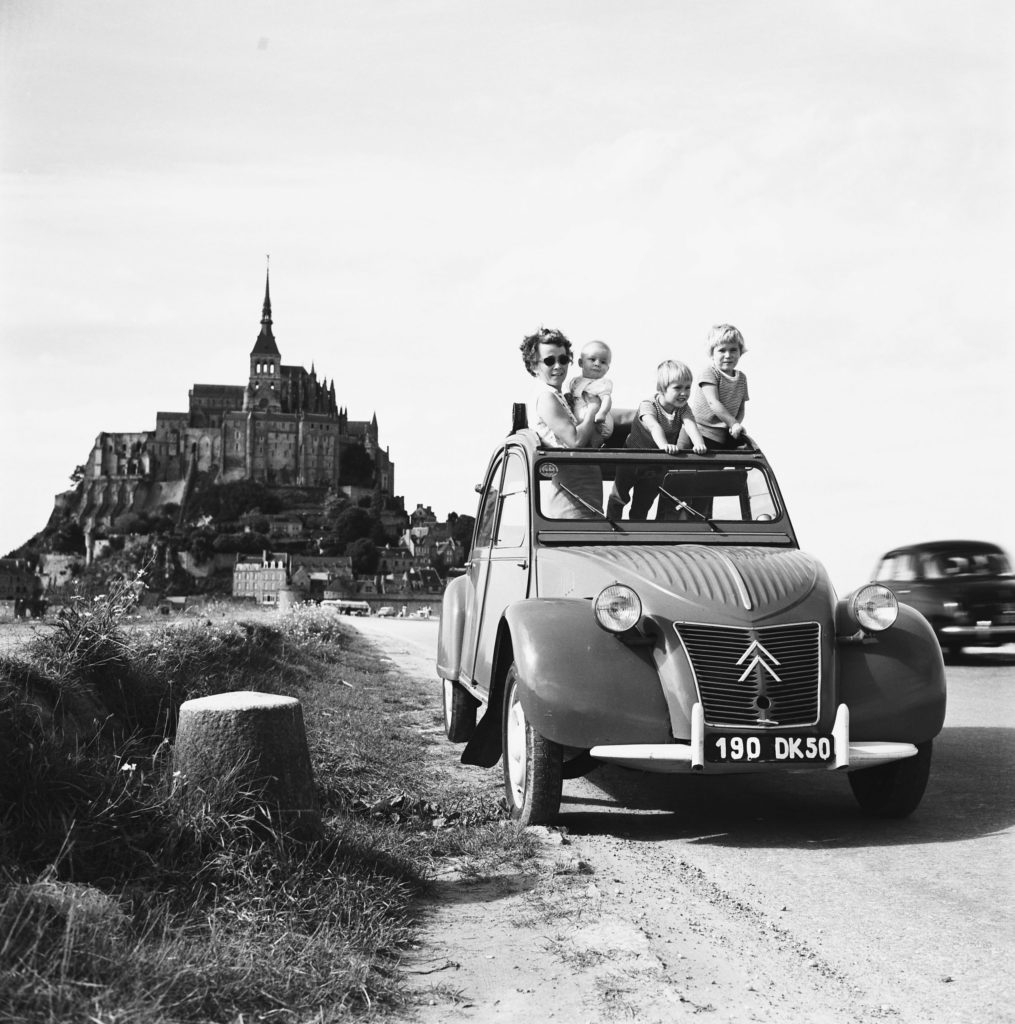
Because of the scarce raw materials, Citroën was initially only able to produce a small number. This resulted in short waiting lists of up to six years. The purchase price for the Citroën 2CV was very low, as was the maintenance costs due to the simple technology. The small cubic capacity of the engine was reflected in a favorable tax bracket. In addition, the “duck” was economical in terms of fuel consumption at the time and required little maintenance.
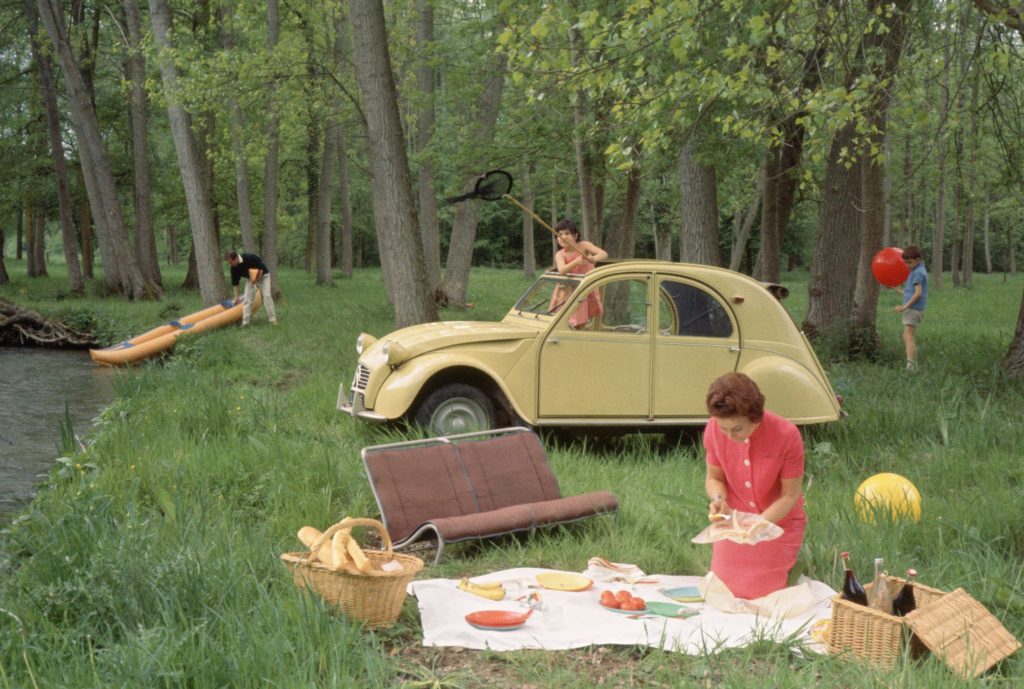
Body and chassis
The four-door steel body of the Citroën 2CV was not designed to be self-supporting and, like most add-on parts, was bolted to the chassis, a box frame. Instead of a fixed vehicle roof made of steel, the vehicle was equipped with a roll-up roof made of vinyl to make the vehicle lighter and give the option of open-top motoring as well as the ability transport tall objects!

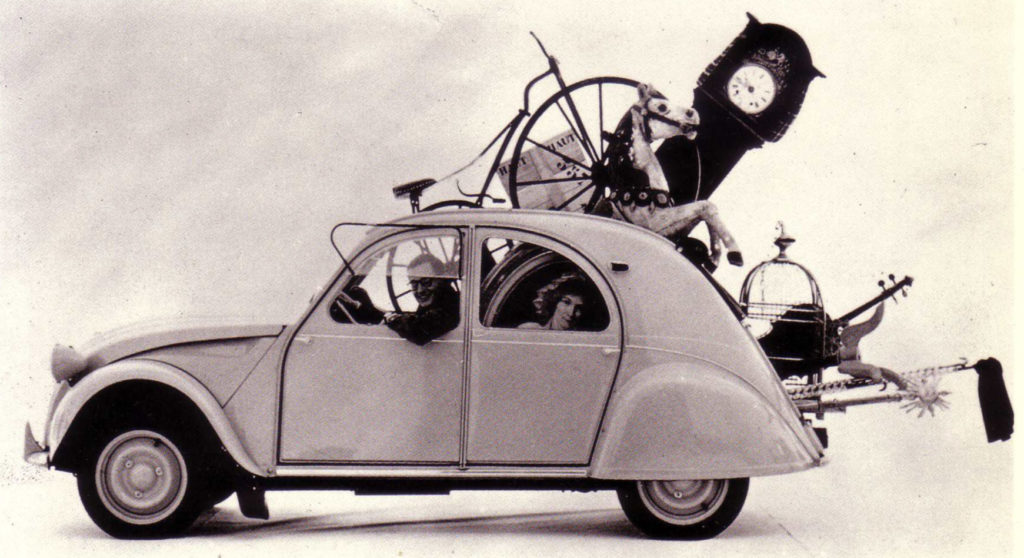
The driving behavior of the 2CV was characterized by comparatively good off-road mobility and also a considerable lateral inclination when cornering. Due to the light body, the low-lying boxer engine and the low-lying fuel tank, there was a favourable center of gravity, so that tipping over was almost impossible. Initially, all vehicles were fully equipped with drum brakes. From 1981, front disc brakes were installed.
Engines and Gearbox
The newly developed, air-cooled two-cylinder boxer engine with an initial displacement of 375 cm3 developed 6.6 kW (9 hp) and was equipped with a four-speed gearbox as standard for the first time. Numerous further stages of development followed with engine displacement increasing to 425 cm3, 435 cm3 and then 602 cm3 offered in the Citroën 2CV6 from 1970, providing 21 kW (29 hp). In all vehicles it was possible to start the engine using the vehicle lever crank.
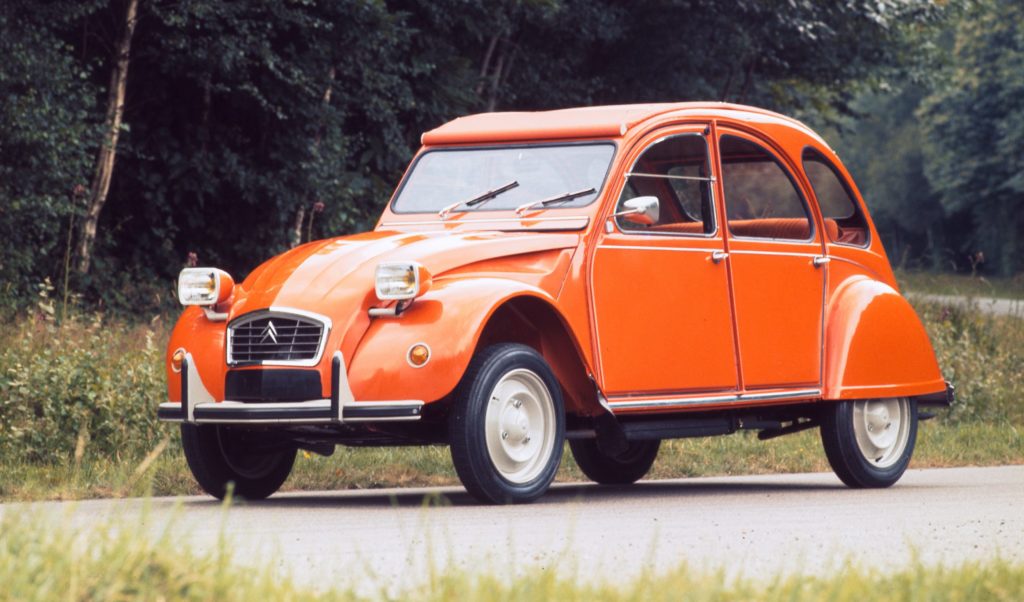
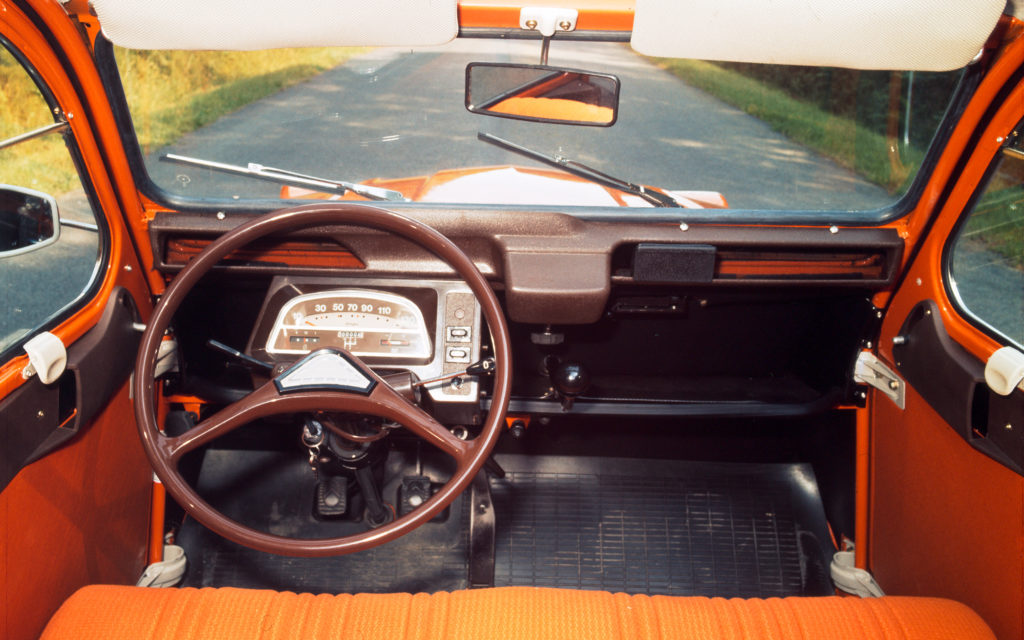
The first version of the 2CV with 9 hp reached a top speed of around 70 km / h. The last models with 29 hp made top speeds in excess of 115 km / h. The “duck” is one of the few vehicles whose output of the basic engine has more than tripled in the course of the development stages.
The “box duck”
The delivery van based on the 2CV, introduced in spring 1951, differed from the sedan from the B-pillar in that it had a box-like, spacious loading space. The “box duck” was loaded via two wing doors at the rear. The 2CV delivery van was often used in public service – for example by the French road rescue service or as a postal vehicle in Belgium.
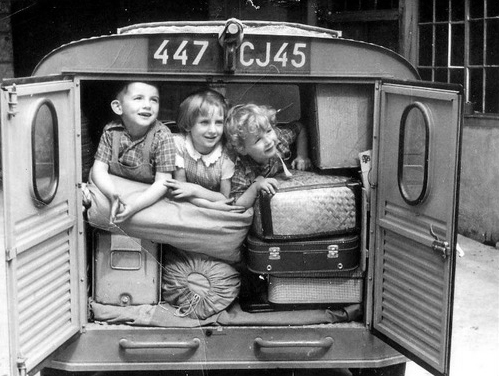

The “duck” becomes a cult object
The unique model immediately became a bestseller. Even before the last 2CV left the Citroën plant in Mangualde (Portugal) on July 27, 1990, the “duck” developed into a cult vehicle.
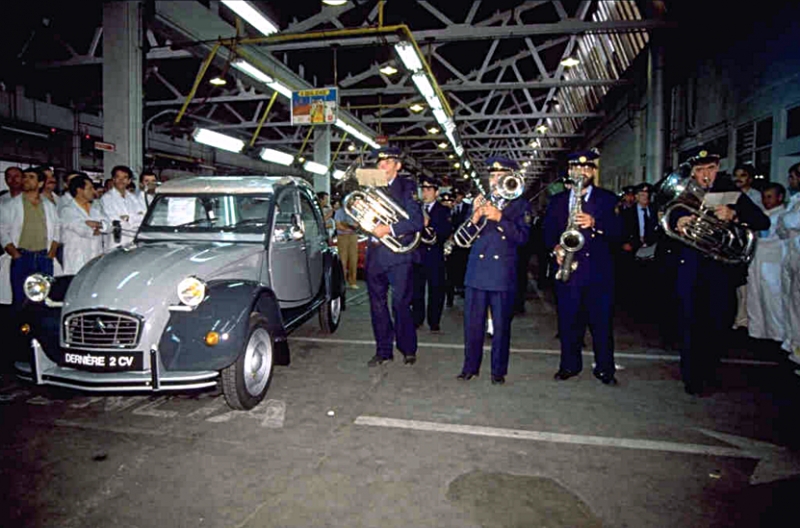
Today, like no other model, it stands for freedom, French charm, non-conformism and adventure. For many owners, the “duck” also reflects the way of life of several generations.



Full of charm, bags of character, practical, economical, fun. So many fitting adjectives to describe this car.
The layout of the gears with the ‘hockey stick’ protruding from the dashboard, reverse opposite first, like a 3-speed box and allowing the car to be rocked back and forth to get out of sticky situations. The fourth gear was; pull back into third and then twist right and push forward into forth.
So few cars today have such character.
Went to Europe back in 74 as a student and bought a 1954 2CV in Paris for $100. Broke both stub axles backing out of a parking space with the emergency brake on, right after I had purchased it. The limiter bolts had been backed off on the steering so the u-joints ground themselves up. Took the Metro to the main Citroen dealer and bought new stub axles for the princely sum of $5 apiece. I drove it all over Europe for a year with no problems. Not my first car, but the best!